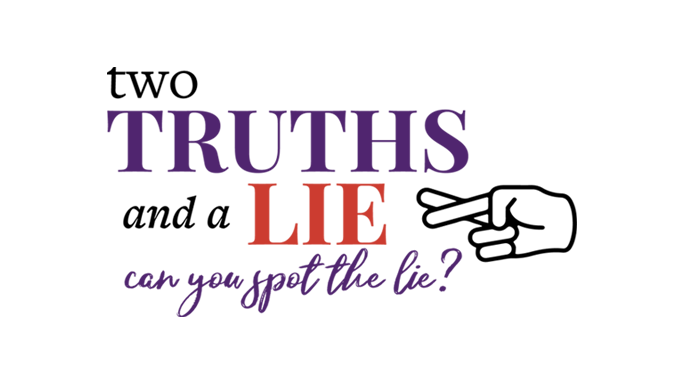The coronavirus pandemic disrupted the education of the nation’s 50 million public school students. Most schools in the United States closed in March 2020, and many public schools did not open fully for the majority of the 2020-21 school year. The pandemic opened parents’ eyes to just how unresponsive and inflexible school districts are to their children’s needs.
Everyone loves the party game/icebreaker “two truths and a lie.”
Can you identify which of the following is NOT true about COVID-era education?
A. Demand for alternatives to district public schools increased throughout the pandemic.
B. Teachers’ unions are committed to providing students with a quality education, and prioritized the needs of students throughout the pandemic.
C. Online education can be a good fit for certain students.
Let’s take these statements one at a time:
A. TRUTH! Many parents dissatisfied with inadequate remote learning, frustrated with hybrid learning schedules, and concerned about learning loss are seeking alternative educational options. Public school enrollment decreased by 3% during the last school year, and likely will decrease further. Homeschooling rates doubled to over 11% of the total school-aged population. Support for school choice increased significantly during the pandemic school closures, with 80% of public school parents now supporting school choice, up from 68% before the pandemic. State legislators recognized the soaring demand for educational options, and expanded or created new school choice programs in 20 states in 2021.
B. LIE! Unions strive to expand their political power, raise funds, and to control working conditions. They do not aim to improve education. In fact, NEA members voted against a business item in 2019 calling to “re-dedicate itself to the pursuit of increased student learning in every public school in America by putting a renewed emphasis on quality education.” Union roadblocks appeared at the outset of the COVID school closures, with some local teachers’ unions instructing teachers to not teach new material. In the summer of 2020, unions encouraged members to send fake body bags, coffins and obituaries to Governors and local leaders, and filled social media with threats that teachers and students would certainly die if schools opened. The resistance to returning teachers to classrooms continued into 2021, with union leaders convincing the Biden Administration’s Centers for Disease Control (CDC) to draft restrictive reopening guidance.
C. TRUTH! Online learning offered by established providers, such as the Florida Virtual School, can be a good fit for some students, including children who have been bullied or experienced sensory processing challenges in noisy classrooms. Online learning can benefit students by offering access to advanced courses that local districts, due to staffing issues, cannot provide. Public school implementation of remote learning, however, largely neglected to learn from successful online models. School districts insufficiently addressed technology and connectivity challenges, provided students with difficult to access learning portals, neglected to train teachers, overly dependent on videos and low-quality “educational” games, and required parents to serve as “Zoom butlers” to ensure students were truly logged on and completing online tasks.
Parents should hold school districts accountable for their management of schools during the pandemic, and challenge the power of teachers’ unions. Parents and state legislators should continue to advocate for expansions of school choice policies, and engage their community members in the fight for change.

